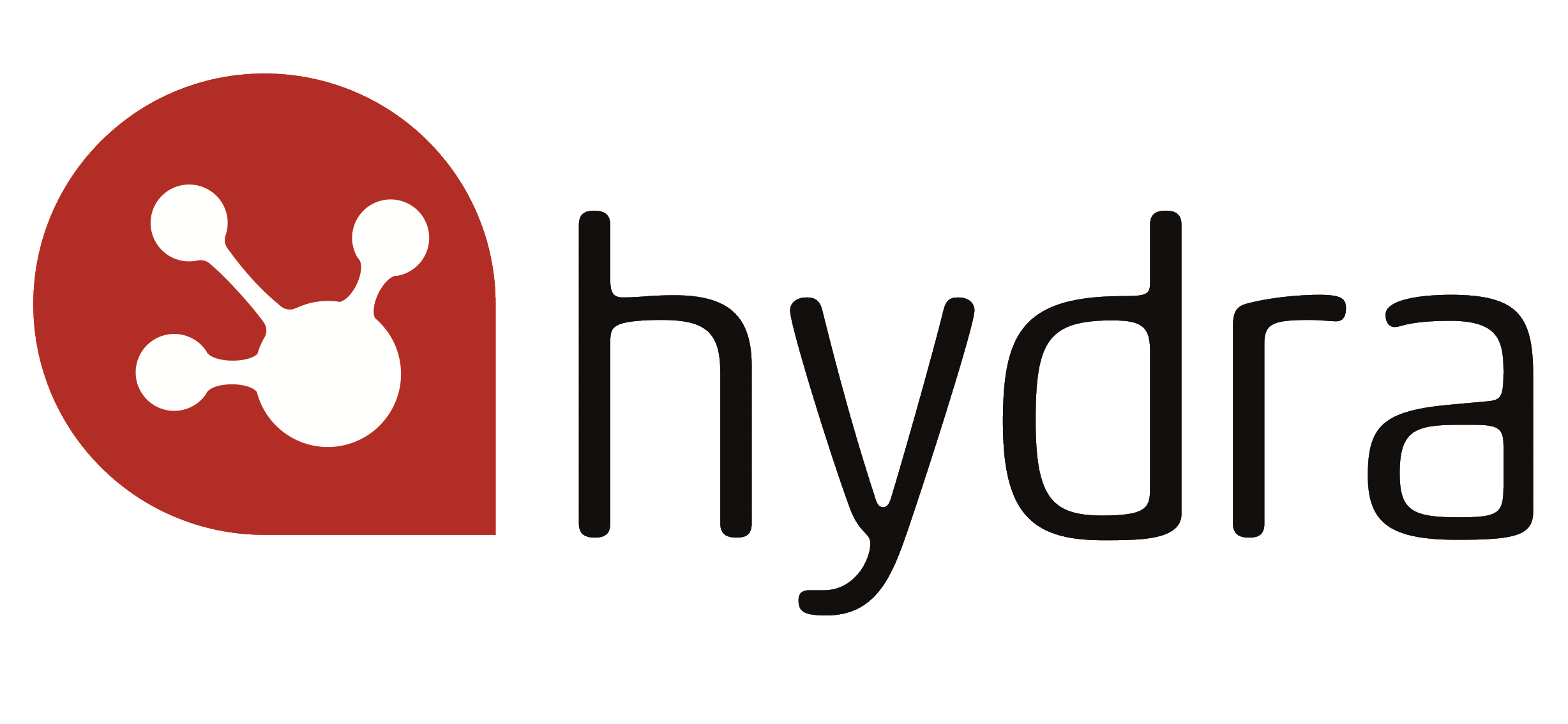3 tips from creating accurate project estimates
Despite the complexities involved, it’s essential to do the very best with your project estimates. Here are our 3 tips for creating accurate project estimates.
Estimating the completion time of a project is notoriously difficult because there’s so much guesswork involved. The truth is, you won’t ever know precisely how long a project will take until it ends, and the bigger and more complex a project, the greater the margin of error. Despite the complexities involved, it is still important to do the very best job with your project estimates. Faulty estimates mean missing deadlines, breaking budgets and leaving your clients less than impressed.The first step to creating accurate project estimates is to define:
- What you have to deliver
- When you are expected to deliver it by
- At what stage the project is considered complete.
Once you have this essential information, you can then start creating your project estimates.
Tip 1. Get the whole team involved
To get project estimations anything like accurate, you must have a detailed understanding of the project requirements and the deliverables. It is well worth bringing the project team together to benefit from their hands-on experience. Any estimates made by those who aren’t actually working on the task will be educated guesses at best. Project workers will also be more motivated to meet finish dates that are based on their estimations, rather than estimates that have been imposed on them.
When consulting the project team, it’s a good idea to double and even triple check estimates, as the temptation is to be optimistic rather than realistic. The fact is that everything takes longer than expected, so the constructive challenging of estimates should always be welcomed.
Tip 2. The value of ranged estimates
In project management, the only thing you can be sure of is change. That’s the reason why ranged estimates really are the only sensible way to go. Ranged estimates should be based on the best case and worst case scenarios, and take into account all the uncertainty in each part of the project. These individual ranged estimates can then be rolled into one worst case and best case estimate that encompasses the project as a whole. The mid-point between these two figures will be the closest you’ll have to an accurate estimate, and budgets and deadlines can be planned around this.
It’s also important to note that project uncertainty is always greatest at the start of a particular project. As the project progresses, the remaining work estimates can be updated to reflect the progress to date and the reducing level of risk.
Tip 3. Understanding the difference between an estimate and a commitment
Estimates and commitments are two very different things. An estimate is an approximate judgement, whereas a commitment is a binding agreement. It’s essential those requesting an estimate understand the difference between the two. Just because a project has been given an estimate, it doesn’t necessarily mean that’s something you have to commit to.
Similarly, as a project manager, you should not pressure team members to come up with an estimation they don’t think they’re going to be able to meet. This simply sets up your project workers for failure and will lead to over-estimates in the future.
3 tips to creating to accurate project estimates
- Get the whole team involved
- Value ranged estimates
- Differentiate between an estimate and a commitment
Find out how Hydra Execution Management has helped our Clients by reading some of our Case Studies


